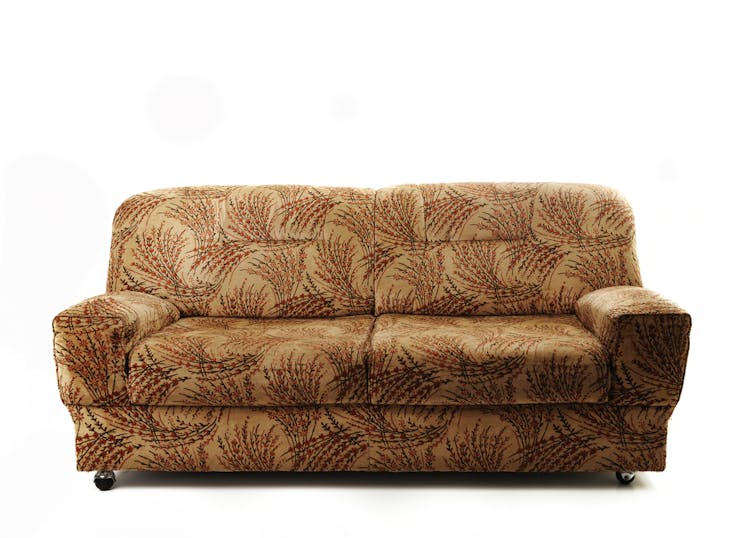
Jacqueline Hamilton, University of York
Mice exposed to household fabrics contaminated with third-hand tobacco smoke showed changes in biological markers of health after only one month, a recent study found. After six months, the mice showed evidence of liver damage and insulin resistance, symptoms which usually precede the development of type 2 diabetes.
Each year about 600,000 people die from exposure to second-hand tobacco smoke (inhaling other people’s cigarette smoke). Once the smoke clears, after a cigarette has been extinguished, nicotine and other harmful chemicals left behind can stick to surfaces and fabrics. This residue is known as third-hand smoke.
The idea of third-hand smoke has been around for a few decades, but came to prominence in 2009 after a study by Jonathan Winickoff, an assistant professor of paediatrics at Harvard Medical School, identified a link between parents’ belief that third-hand smoke may cause harm and the likelihood...
Want to see the rest of this article?
Would you like to see the rest of this article and all the other benefits that Issues Online can provide with?
- Useful related articles
- Video and multimedia references
- Statistical information and reference material
- Glossary of terms
- Key Facts and figures
- Related assignments
- Resource material and websites

 Tobacco-smoke residue that lingers in furniture, curtains and house dust can still be harmful
Tobacco-smoke residue that lingers in furniture, curtains and house dust can still be harmful








